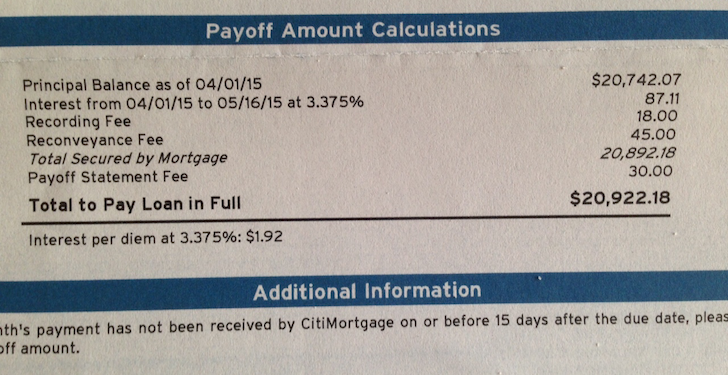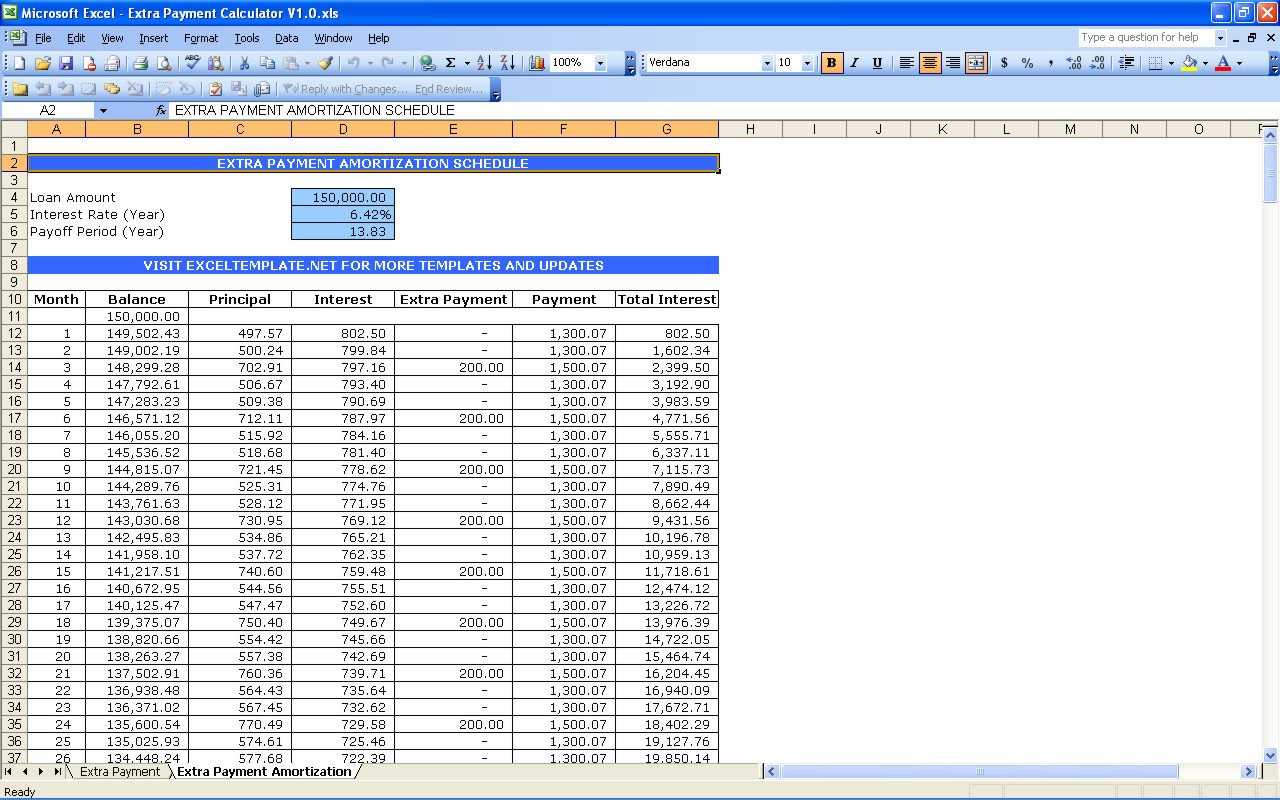

In commercial real estate finance, DSCR is the primary measure to determine if a property will be able to sustain its debt based on cash flow. In personal finance, DSCR refers to a ratio used by bank loan officers in determining debt servicing ability. If you are interested in making a property investment, contact Park Place Finance today, and we can help you get started.In corporate finance, DSCR refers to the amount of cash flow available to meet annual interest and principal payments on debt, including sinking fund payments.
#Where does mortgage payment go on noi calculation how to
Curious about other tools for deciding if a deal has good potential? Check out this informational post on what the 70% rule is and how to use it. It should be one of your primary tools as you assess investment properties. Ultimately, the adjustments that lenders make to DSCR help them understand their risk in the transaction.ĭSCR is a safety metric for lenders and borrowers alike. Some lenders may include reserves for future capital expenditures in their DSCR calculation, and some may not. It is necessary to realize that various lenders will calculate this ratio in slightly different ways. Calculating the DSCR for an investment property will help the borrower understand their risk and what cash flow they can expect.

Therefore, it should also be incredibly crucial for borrowers, as well. 5x but in these negative cash flow situations, underwriters will look for additional positive factors like additional assets in the bank and larger down payments.ĭSCR is an essential tool for lenders. 95x is not favorable for the lender or the borrower. For example, if the mortgage of a property is $1,000 and the NOI is $950, the remaining $50 would have to be paid by the owner. The uncovered debt service would have to be repaid out of the owner’s pocket. If the DSCR is calculated to be less than 1.0x, this means that there is not enough cash flow to cover the debt service. They want owners to make smart, safe investments. If anything were to go wrong, then the debt service would still need to be repaid-in this case from the Owner’s pocket. When this occurs, the lender will want a larger down payment or may increase their interest rate as a way to mitigate risk. Therefore, lenders would not look at this as a safe investment. If the DSCR on a property is 1.0x, that would mean that the cash flow from NOI is equal to the debt service. Operating Expenses (maintenance, improvements, etc.) = $5,000 This percentage provides a cushion that results in mitigated risk for the lender. Lenders typically look for DSCR of 1.2-1.4x, meaning that NOI is 20-40% higher than the debt service payments. This number means that the NOI is not enough to cover the debt service on the loan. If the NOI is less than the debt service, the resulting number will be less than one. In the case of residential real estate properties, the debt service is the mortgage payments ( principal, interest, taxes, and insurance).
/basics-of-construction-loans-315595_final-c0f70269da9347709bd6327c9e242f60.png)
Accounting for these types of adjustments helps lenders to hedge their risk in the loan. This adjustment will result in a lower NOI, ultimately bringing the DSCR down. Lenders will often include a management fee in their NOI calculation, even if the owner (or borrower) plans to manage the property themselves. (Typically expressed as a number followed by ‘x’)įinding the NOI for a property consists of taking the gross income and subtracting operating expenses, such as property improvements, tenant contracts, and other property management costs. It is a way to buy an investment property based on the merit of the dwelling or commercial property rather than the buyer.ĭSCR is the ratio of Net Operating Income (NOI) to Debt Service (in the case of residential real estate, this is the mortgage payments). DSCR loans typically do not require borrowers to qualify on their income but rather on the rent forecasts on the subject property. The Debt Service Coverage Ratio, or DSCR, is often overlooked by investors, but arguably the most critical metric when analyzing real estate investment opportunities.


 0 kommentar(er)
0 kommentar(er)
